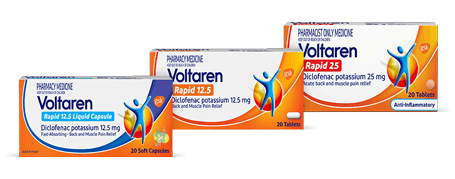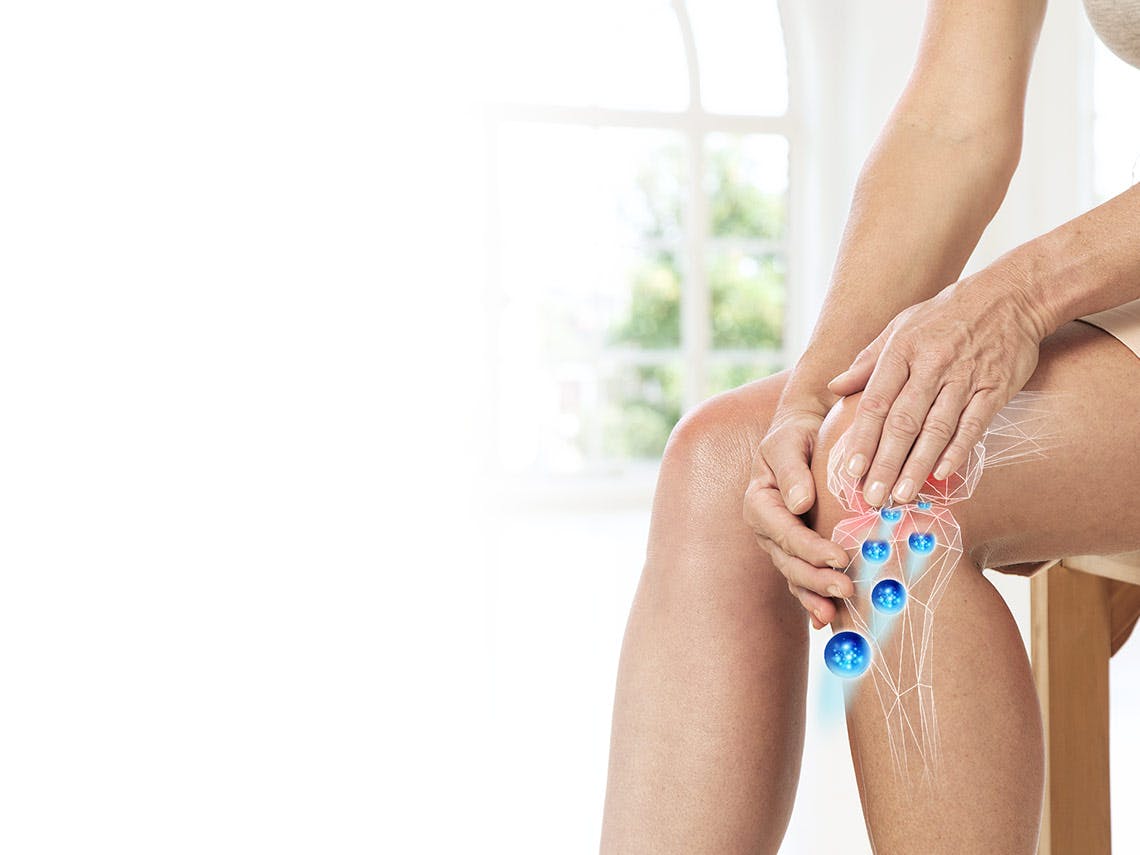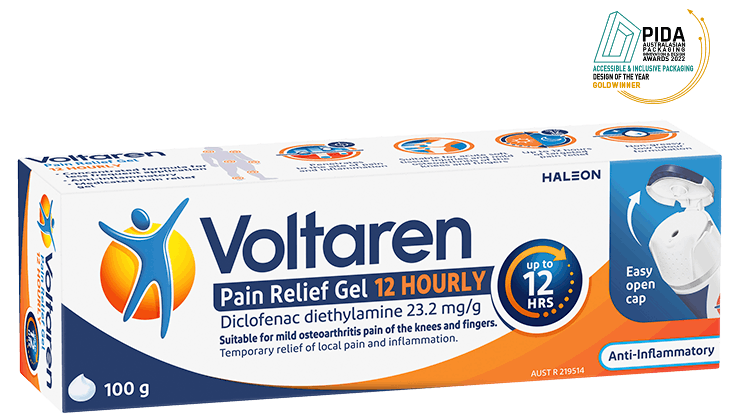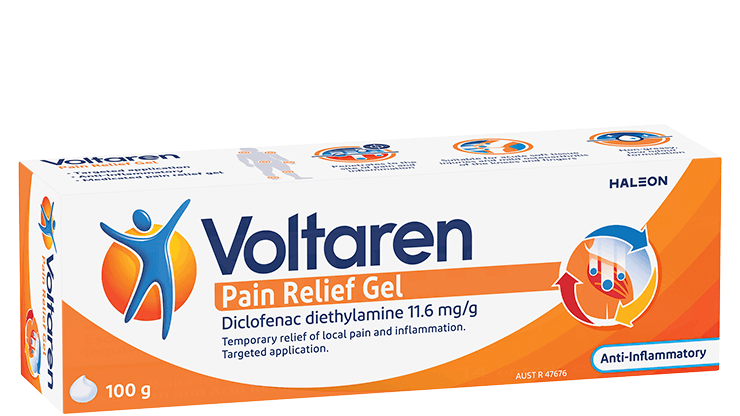Knee pain has a way of feeling ever-present, especially since our knees are pretty crucial for being able to move about our day. You might be asking ‘what causes knee pain’ or ‘when should I see a doctor about my knee pain?’
Did you know that your knees are two of the largest and most complex joints in your body? Our knees do a lot for us throughout the day. Our knees are involved in much of our daily movement – walking, standing up, sitting down. In fact, there is little our knees aren’t part of – even if it’s just walking over to the kitchen and standing long enough to prepare a few healthy movie time snacks to share together on the couch.
No wonder aching knees have a way of reminding you they’re there. Finding relief from knee pain can not only put a hop back in your step, but it can put a smile back on your face as you can enjoy some of your favourite activities again. So, here’s our first recommendation for finding relief: sit back, relax, and put your feet up (aaahh!) as you read on to find out more about knee pain and what you can do about it.
First of all, know that you’re not alone. 80% of people who have pain, experience knee pain1. While knee pain can affect anyone at any age, aching knees are more common as we get older, due to years of wear and tear, even more so if you are overweight (as this puts more stress on the joint), or if you play sports. In fact, athletes and runners are particularly prone to knee injuries. Because your knees are vital to movement, knee pain can stop you from playing sports or make it difficult to carry out simple activities, such as walking and climbing stairs.
Symptoms and signs that accompany knee pain include:
- Aches or pains in the knee that come on all of a sudden
- Instability and weakness in the knee, or the feeling that your knee is about to give way
- Popping or grinding sounds in the knee
- Swelling
- Redness
- Stiffness, locking of the joint and/or inability to straighten the knee
Often these symptoms can be managed safely at home or with the help of your pharmacist (ensuring you follow the guidance on the label of any medication you get from the pharmacy). However, if you are suffering from chronic pain in your knee you may want to consider seeing your doctor. A doctor can evaluate your condition and symptoms according to a set of diagnostic criteria, before potentially providing an chronic pain diagnosis to determine a customized treatment plan.
Knee pain can be either chronic pain or acute pain. Chronic knee pain is long-lasting (at least three months after it initially occurs, although if you suffer from chronic pain you’ll know it can last a lot longer); and persists even after the root cause of the pain has gone. Acute pain is short-lived - sudden knee pain like this can be felt following an injury to the joints or soft tissue surrounding your knee.
Knee pain at night is common, with studies showing that osteoarthritis-related knee pain can cause sleep difficulties.2 Increased knee pain at night could also be due to your body’s changing hormones at night that affect the way your body processes pain.3 The constant fatigue (and occasionally grouchiness) that can accompany chronic knee pain, can be another undesirable symptom of knee pain.
When to see a doctor
Not all knee pain is equal. Sometimes, knee pain requires immediate medical attention. If you experience any of the following which are generally associated with severe knee pain, seek medical attention:
- Inability to bear weight on your knee
- Instability in your knee or feeling like your knee is about to give way
- Significant swelling of the knee
- Inability to fully extend or flex your knee
- Clear deformity in your leg or knee
- Redness, pain and swelling in your knee accompanied by a fever
- Severe knee pain resulting from an injury
- Your knee pain lasts for more than seven days – or, if you have been using pain relief medication, the label will tell you how many days you can self-treat for, before you should see a doctor if the pain hasn’t gone away.

Causes of knee pain
The knee joint is made up of three bones, tendons that connect the bones to the muscles and ligaments that stabilise and connect the bones. Two c-shaped pieces of cartilage called menisci act as cushioning in the joint, while sacs filled with synovial fluid, called bursae, help the knee move smoothly.4 Disruption to any part of this delicate engineering can cause knee pain.
Knee pain causes can include:
- Wear and tear, or chronic overuse
- Acute injury
- Medical conditions, such as osteoarthritis
- Runner’s Knee
Chronic overuse can result in abnormal wear and tear in your knees. It can result in conditions such as tendonitis or osteoarthritis in your knee, which can cause knee pain. Repeating the same motion during exercise or work (especially if it’s high impact) can result in an overuse injury in which the elements that make up the knee – such as the cartilage that cushions your knee joint in the case of osteoarthritis – are worn down and weakened.
If you experience knee pain after running or knee pain after exercise, this may be the culprit. Additionally, if you have hip or feet problems that cause you to walk unevenly, this can result in mis-alignment of your knees, meaning the wrong parts rub against each other when you walk, leading to damage.

Osteoarthritis
Arthritis in the knee is often more specifically a condition called osteoarthritis. Osteoarthritis is a “wear and tear” disease that damages your... joints over time. Knee arthritis mainly affects adults over the age of 455,6, in many cases due to overuse over an extended period of time. Osteoarthritis in the knee occurs when the cartilage that cushions your knee joint wears down to the point that it can no longer effectively protect the bones. When cartilage is worn through, the bones start rubbing against each other, causing painful swelling, inflammation, and stiffness in your knee joint.
Symptoms of osteoarthritis in the knee include:
- Knee joint pain
- Bone spurs, that result in misshapen or larger joints
- Swelling
- Stiffness
- Limited joint function and mobility
- Increased knee pain at night7
Acute injuries that cause knee pain
Injuries that cause acute knee pain include:
- Fractures
- Ligament injuries
- Meniscus injuries
Quite often, acute knee injuries are a result of twisting your knee during sport or simply going about your day – like bumping your knee on the coffee table (we’ve been there!) If you experience knee pain after running or knee pain after exercise and you can pinpoint an improper movement, twist, or moment in which you landed funny on your knee, you may have an acute injury.
If you have an old injury that wasn’t properly addressed, you may experience frequent pain or inflammation flare-ups that can cause chronic knee pain. Depending on how severe your pain is, you may decide to seek medical treatment or manage your pain yourself using non-medicinal methods.
Medical conditions that can cause chronic knee pain
Chronic knee pain due to medical conditions and underlying diseases require long-term management plans created in partnership with your doctor.
Runner's Knee
If you love running and working out, way to go! It’s a great way to get moving and keep fit. However, athletes and runners can be prone to knee injuries.
Runner’s Knee is felt as pain around the kneecap and can be the result of overuse, injury, abnormalities of the leg bones or feet and weak muscles. Knee injuries are common among athletes, for example, who often experience tears in the knee ligaments, leading to sudden knee pain.
Runner’s Knee is a condition that can affect anyone who partakes in activities that require a lot of bending of the knee, such as running, walking, jumping or cycling.
Symptoms of Runner’s Knee include:
- Pain behind or around the kneecap, including pain on the side of your knee
- Pain when you bend your knee
- Pain that is worse when you are walking downhill or downstairs
- Swelling
- Popping or grinding in the knee
Manage Runner’s Knee by resting the knee and using a medicated product like an anti-inflammatory.
Diagnosing knee pain
A thorough examination by a doctor or physiotherapist can help establish a precise diagnosis of your knee pain. He or she may also recommend some treatments specific to your individual case. For instance, if you’re specifically wondering what causes the pain behind your knee – you may get a targeted answer and management plan from your health care provider... addressing your unique needs. So, be sure to visit your doctor or healthcare professional.
Getting relief for knee pain
Getting relief from your knee pain symptoms can increase the joy you find in the small things you do throughout the day – getting in your car, bending down to tie your shoe, sitting down in your favourite chair, or even bike riding through the park at dusk.
To reduce inflammation and get effective temporary relief from knee pain, use Voltaren gels. Learn more about which product is right for you here.
Voltaren helps you get back to your daily routine, and can be used in conjunction with a longer-term solution.
For more long-term knee pain relief, there are a number of holistic treatments or management methods for knee pain you can try at home, that can complement the medicated pain relief you might be using.
These include:
- Rest
- Stretching
- Appropriate strength training
- Physiotherapy
- Maintaining a healthy weight
Whatever course of treatment you and your doctor decide on, being in control of your pain can be the first step towards less pain, and finding joy in movement and all that it brings once more.
Explore Voltaren’s products for pain relief
Health, wellness & your pain
Pain is rarely just physical nor is it always solved by taking medicine alone. Voltaren is your ally in helping you take more control of your pain journey, from the way you sleep, to what you eat, mental wellbeing and complementary pain relief therapies.













